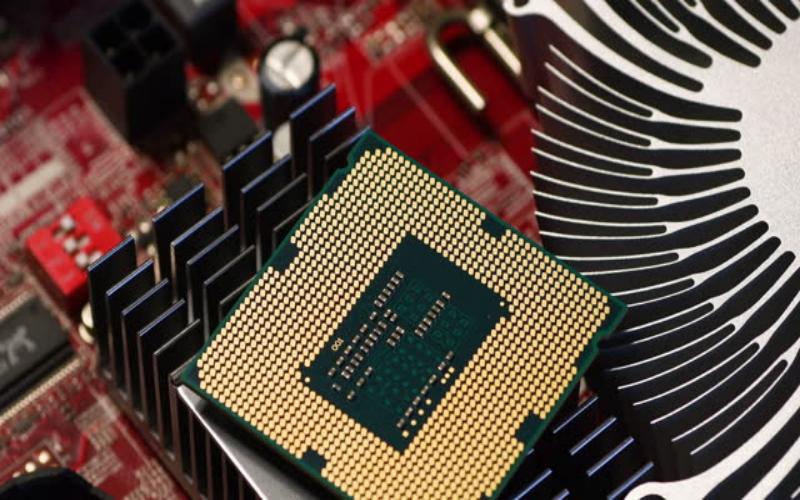An Introduction to LED Heat Sinks
LED heat sinks play a crucial role in maintaining the optimal operating temperature of light-emitting diodes (LEDs), ensuring their longevity and performance. One of the key considerations in the manufacturing of LED heat sinks is the choice of the manufacturing process. In this article, we will explore various manufacturing processes for LED heat sinks and identify the best one based on different factors.
1. Die Casting: A Reliable Manufacturing Process
Die casting is a widely used manufacturing process for LED heat sinks. It involves injecting molten metal, such as aluminum or copper, into a mold cavity under high pressure. This results in a precise and durable heat sink with excellent thermal conductivity. Die casting offers high production efficiency, allowing for mass production of LED heat sinks with complex designs. The process also ensures consistent quality and dimensional accuracy, making it a reliable choice for LED heat sinks.
2. Extrusion: Cost-Effective and Versatile
Extrusion is another popular manufacturing process for LED heat sinks. It involves pushing a heated metal billet through a die to create the desired shape. Extruded heat sinks are cost-effective, as the process allows for the production of long, continuous heat sinks that can be easily cut to the required length. This process also enables the creation of various shapes and designs, making it highly versatile. Extruded heat sinks generally have good thermal conductivity, although not as high as die-cast heat sinks.
3. Stamped Heat Sinks: Simple and Efficient
Stamped heat sinks are manufactured by stamping metal sheets using a press. This process is simple and efficient, making it suitable for high-volume production. Stamped heat sinks are typically made from aluminum, which offers good thermal conductivity. However, their design options are limited compared to die-cast or extruded heat sinks. Stamped heat sinks are often used in applications where simplicity and cost-effectiveness are more important than intricate designs.
4. CNC Machining: Precision and Flexibility
CNC (Computer Numerical Control) machining is a subtractive manufacturing process that involves removing material from a solid block to create the desired shape of the heat sink. CNC machining offers high precision and flexibility in design, allowing for complex and customized heat sinks. This process is particularly suitable for low-volume production or when specific design requirements need to be met. However, CNC machining can be more time-consuming and expensive compared to other manufacturing processes.
5. Bonded Fin Heat Sinks: Enhanced Heat Dissipation
Bonded fin heat sinks are manufactured by bonding multiple individual fins onto a base plate. This process allows for the creation of heat sinks with a large surface area, enhancing heat dissipation. Bonded fin heat sinks are often made from copper, which offers excellent thermal conductivity. This manufacturing process is suitable for applications where maximizing heat transfer is critical, such as high-power LED lighting or electronics.
6. Liquid Cold Plates: Efficient Cooling Solution
Liquid cold plates are a specialized type of heat sink that utilizes liquid coolant to efficiently dissipate heat. These heat sinks are commonly used in high-performance LED applications, where active cooling is required. Liquid cold plates are typically manufactured using CNC machining or extrusion processes. The choice of manufacturing process depends on the complexity of the design and the specific requirements of the application.
7. Additive Manufacturing: Innovative Approach
Additive manufacturing, also known as 3D printing, is an innovative approach to manufacturing LED heat sinks. This process involves building the heat sink layer by layer using a digital model. Additive manufacturing offers design freedom and allows for the creation of complex geometries not possible with traditional manufacturing processes. However, the thermal conductivity of heat sinks produced through additive manufacturing may be lower compared to other processes, depending on the material used.
8. Combination of Processes: Optimal Results
In some cases, a combination of manufacturing processes may be used to achieve optimal results for LED heat sinks. For example, a heat sink may be die-cast for the base and then undergo CNC machining for intricate details. This hybrid approach allows manufacturers to leverage the advantages of different processes and create heat sinks that meet specific requirements.
9. Factors to Consider in Choosing the Manufacturing Process
When selecting the best manufacturing process for LED heat sinks, several factors should be considered. These include the desired heat sink design, thermal conductivity requirements, production volume, cost, and time constraints. By carefully evaluating these factors, manufacturers can make an informed decision and choose the most suitable manufacturing process for their LED heat sinks.
10. Conclusion
Choosing the right manufacturing process for LED heat sinks is crucial to ensure optimal performance and longevity. Die casting, extrusion, stamped heat sinks, CNC machining, bonded fin heat sinks, liquid cold plates, additive manufacturing, and hybrid approaches all offer unique advantages and considerations. Manufacturers must evaluate their specific requirements and prioritize factors such as design flexibility, thermal conductivity, production volume, and cost to determine the best manufacturing process for their LED heat sinks.

